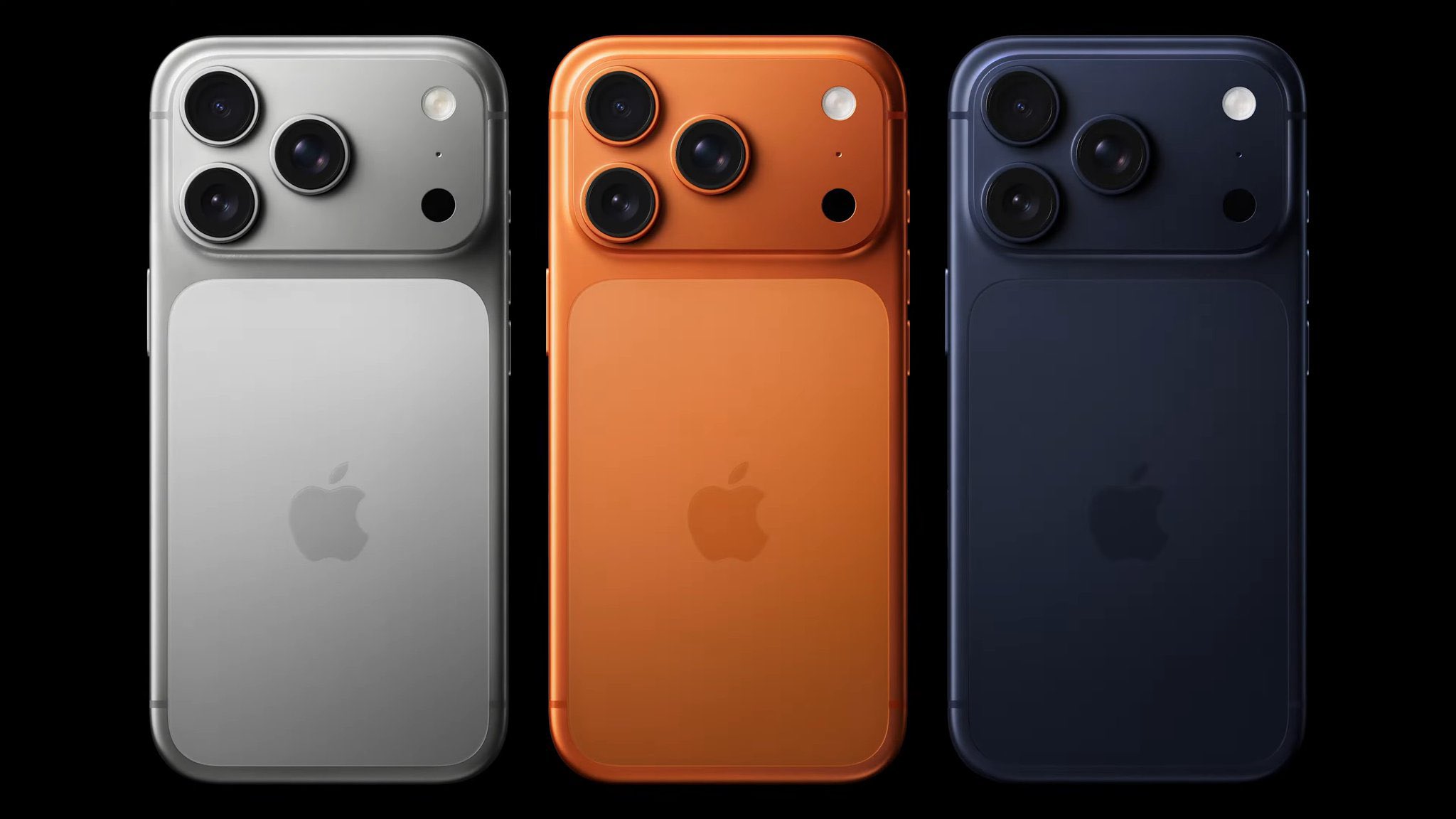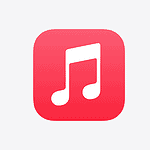Selecting the appropriate amount of storage for an iPhone is an essential decision that impacts its usefulness and longevity. The choice of storage size directly affects how many apps, photos, videos, and files you can carry with you. With iPhones offering various storage sizes, from 64GB to 2TB, understanding your specific needs is crucial.
Storage needs vary from person to person. Casual users who tend to stream music and movies, and don’t keep large media collections on their devices might find 64GB sufficient. However, if you rely on your iPhone for photography, video recordings, or gaming, opting for 128GB or 256GB would be more suitable. For professionals who handle 4K videos and need vast amounts of space, 512GB – 2TB are the higher tiers that cater to intensive use.
Choosing the right storage option ensures that your iPhone can handle your current requirements and future needs without constantly managing space. It prevents the frustration of running out of room when you need it most and helps avoid the reliance on cloud services for everyday use.
iPhone Storage Sizing Guide (Updated for iPhone 17 Series – Up to 2 TB)
Choosing the right iPhone storage size can be tricky, especially now that Apple’s iPhone 17 lineup starts at 256 GB and goes all the way up to 2 TB on the iPhone 17 Pro Max. The best choice depends on how you use your phone — photos, videos, apps, gaming, and cloud storage habits all play a role.
⚙️ iPhone 17 Storage Options (2025 Lineup)
| Model | Available Storage Options |
|---|---|
| iPhone 17 / iPhone 17 Plus | 256 GB, 512 GB |
| iPhone 17 Pro | 256 GB, 512 GB, 1 TB |
| iPhone 17 Pro Max | 256 GB, 512 GB, 1 TB, 2 TB |
(Sources: Apple, MacRumors, 9to5Mac)
🧭 How to Choose the Right iPhone Storage Size
256 GB — The New Standard
- ✅ Great for most users
- Ideal if you stream music and video rather than downloading
- Enough for thousands of photos, hundreds of apps, and casual gaming
- 💡 Use iCloud, Google Photos, or other cloud services to free up space
Best for: Everyday users, students, and light content creators
512 GB — The Sweet Spot
- ✅ Perfect for heavy app users and frequent photographers
- Handles 4K video clips, large games, and offline media libraries easily
- Offers breathing room for future iOS updates and new apps
Best for: Power users, mobile gamers, and frequent travelers
1 TB — For Creators and Professionals
- ✅ Designed for those who shoot and edit ProRAW photos or 4K/8K video
- Excellent for on-device editing, filmmaking, and large project storage
- No need to constantly offload files to a computer or cloud
Best for: Photographers, videographers, and creative professionals
2 TB — The Ultimate Storage Beast
- ✅ Exclusive to the iPhone 17 Pro Max
- Enough space for hours of 8K video, massive app libraries, and entire offline media collections
- Overkill for most users, but invaluable for professionals who need everything on-device
Best for: Professional filmmakers, journalists, and users who never want to worry about storage again
☁️ Consider Cloud Storage
Even with large capacities, cloud services like iCloud+, Google One, or Dropbox can help manage backups and free up local space. If you rely heavily on the cloud, you can comfortably choose smaller capacities.
🧩 Quick Recommendation Summary
| User Type | Recommended Storage |
|---|---|
| Casual User | 256 GB |
| Power User / Gamer | 512 GB |
| Content Creator | 1 TB |
| Professional / Filmmaker | 2 TB |
✅ Final Tip
If your budget allows, go one tier higher than you think you need — apps, photos, and videos only get larger over time, and iPhones are built to last several years.
Key Takeaways
- iPhone storage options range from 64GB to 2TB to suit varying user needs.
- Casual users may find lower storage capacities adequate, while intensive users need higher capacities.
- Choosing adequate storage is crucial for a seamless iPhone experience without constant space management.
Determining iPhone Storage Needs
Choosing the right amount of storage for an iPhone depends on how it will be used. Different activities require varying amounts of space.
Assessing Usage Patterns
People use their iPhones for a mix of tasks. Some like to keep thousands of photos and large apps. Others stream music and videos more than they store them. Those who download fewer apps and stream media often need less storage. Users should track their usual phone activities to make a smart choice.
Understanding iPhone Storage Capacities
iPhones come in 64 GB, 128 GB, 256 GB, 512 GB, 1 TB, and 2 TB options. The storage is not expandable, so choosing a capacity to last the life of the phone is important. Larger storage supports 4K videos and high-quality photos without worry.
Factors Affecting Storage Requirements
Several factors change storage needs:
- Apps: More apps mean more space is necessary. Games, in particular, can be large.
- Media: High-resolution photos and ProRAW files use significant space.
- Videos: 4K videos consume more GBs than 1080p.
- iOS Updates: Regular updates take up room. They keep the system secure and add features.
- Cloud Storage: Using iCloud for some data can limit the need for onboard storage.
- Pro Models: Pro models can handle more data and may require more space.
A 128 GB iPhone often satisfies general needs. Power users who store lots of data may opt for 256 GB or higher. Users planning to keep their iPhones for several years should consider 512 GB, 1 TB, or the 2 TB storage, as future iOS updates and app sizes could increase.
Choosing the Right iPhone Model and Storage Size
When selecting an iPhone, it’s important to consider both the model and the storage capacity. These factors will impact your experience, depending on how you plan to use your device.
Comparing iPhone Models
The choice of iPhone models ranges from the iPhone SE to the newest iPhone 15. While the iPhone SE starts with a smaller capacity of 64 GB, the iPhone 13 Pro and iPhone 13 Pro Max offer up to 1 TB. Users must match their needs to the features; newer models like the iPhone 14 and iPhone 14 Pro boast advanced cameras and higher processing power, which are ideal for content creators and power users.
Cost Versus Storage Considerations
With each upgrade in storage size, the cost also increases. For users who manage large photo libraries or play apps and games with rich detail, higher storage options might be necessary. A 128 GB iPhone is sufficient for average users handling routine photos, videos, and apps like Candy Crush and Spotify. However, professionals who work with high-resolution content might require the 512 GB or 1 TB models.
Managing Storage with Cloud Solutions
Cloud storage like iCloud, iCloud Drive, or iCloud Plus allows users to offload files and optimize iPhone storage. Subscriptions to iCloud or alternatives like Google Photos and OneDrive can be cost-effective compared to buying an iPhone with larger capacity. Streaming services for music or TV shows also reduce the need for large amounts of on-device storage. These solutions are particularly useful for those with an extensive collection of media or who prefer to stream content from services like iTunes and Spotify.







